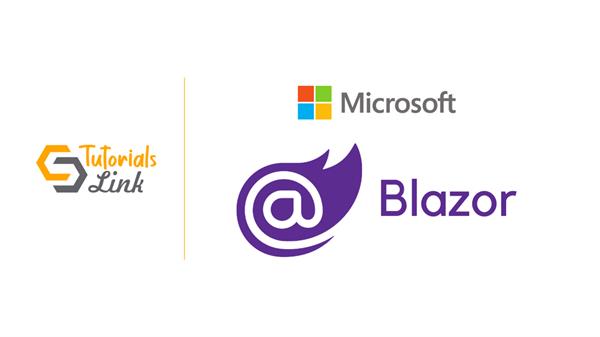Blazor WebAssembly: Prime Time for Enterprise Applications?
Introduction
Blazor, a Microsoft framework, has gained traction for building web UIs with C# instead of JavaScript. When combined with WebAssembly (WASM), it offers a compelling alternative for enterprise applications. This article analyzes Blazor WebAssembly's suitability for large-scale deployments, exploring its advantages, limitations, and real-world considerations.
Advantages of Blazor WebAssembly for Enterprise Applications
-
Shared Codebase: Blazor allows significant code sharing between the frontend and backend, leveraging existing .NET skills and libraries. This reduces development time, improves maintainability, and fosters a unified codebase.
-
Improved Performance: WebAssembly precompiles .NET code into a format executable by modern browsers, resulting in faster startup times and a more responsive user experience compared to traditional web applications.
-
Offline Functionality: Blazor WebAssembly applications can function to a certain extent even without an internet connection. This can be crucial for scenarios where temporary network outages might disrupt workflows.
-
Security: By running business logic on the server, Blazor WebAssembly enhances security by preventing sensitive code from being exposed on the client side. This is particularly important for enterprise applications handling confidential data.
-
Rich User Experience: Blazor supports various UI frameworks like Bootstrap and Material Design, enabling the creation of modern, interactive, and visually appealing web applications.
-
Mature Ecosystem: Backed by Microsoft, Blazor benefits from a growing ecosystem of libraries, tools, and community support, facilitating development and integration with existing .NET projects.
Coding Example: Blazor WebAssembly "Hello World"
Here's a simple Blazor WebAssembly "Hello World" application to illustrate the basic structure:
@page "/"
<h1>Hello, world!</h1>
<Welcome Name="User"></Welcome>
@code {
public string Name { get; set; } = "World";
}
@typeparam T
<Component>
<h1>Hello, @Name!</h1>
</Component>
This code defines a basic page with a heading and a component (Welcome) that displays a personalized greeting. The @typeparam directive allows the Welcome component to be reusable with different data types.
Limitations of Blazor WebAssembly for Enterprise Applications
-
Performance Overhead: While WebAssembly offers performance improvements, there's still some overhead compared to native web technologies. This might be a factor for highly performance-critical applications.
-
Limited Debugging: Debugging client-side Blazor WebAssembly applications can be less intuitive compared to traditional JavaScript-based approaches. Tools and techniques are still evolving in this area.
-
Initial Load Time: The initial download of the WASM module can take longer than loading pure JavaScript code, potentially impacting the first-load experience. Techniques like code splitting can help mitigate this.
-
Browser Compatibility: While WebAssembly is gaining widespread support, there might be compatibility issues with older browsers. Evaluating your target audience's browser usage is crucial.
-
Maturity: Though Blazor is rapidly evolving, it's a relatively new framework compared to established options like Angular or React. This might mean a smaller talent pool and fewer battle-tested enterprise deployments.
Considerations for Enterprise Adoption
-
Project Requirements: Carefully evaluate your project's specific needs. Blazor WebAssembly shines when code sharing, offline functionality, and security are priorities.
-
Team Expertise: Consider your development team's skills and experience. If your team is comfortable with C# and .NET, Blazor offers a smooth transition.
-
Performance Needs: Benchmark Blazor's performance against other options to ensure it meets your application's critical response time requirements.
-
Future Roadmap: Blazor is under active development. Stay updated on the roadmap and community discussions to anticipate future capabilities and potential challenges.
Conclusion
Blazor WebAssembly offers a compelling development approach for enterprise applications, particularly when code sharing, security, and offline functionality are important. While some limitations exist, Blazor's advantages, combined with its growing maturity and Microsoft's backing, make it a viable option for many large-scale deployments. Carefully weigh the pros and cons in the context of your specific project requirements to make an informed decision.





